When considering a MIC, it’s important to know that not all mortgage funds are alike. There are many considerations to factor in when determining which mortgage fund aligns with your risk tolerance, cashflow requirements, time horizon, and diversification needs amongst others.
HERE ARE SOME KEY AREAS TO CONSIDER:
- Tenured Alternative Lender
Changes in the fund management can impact strategies and portfolio composition. It’s important to research the underlying mortgage fund and fund manager’s historical performance and track record. An experienced and steady fund manager with a proven track record can be helpful and provides insight into the quality of the fund’s management. They should have the ability and experience to balance new investor capital and finding suitable potential borrowers within the established portfolio guidelines. - Historical Returns
Historical data since inception can also reveal how a fund has performed during various market conditions, economic cycles, and interest rate environments, offering insights into its resilience and adaptability. Thus, it is important to evaluate the fund’s long-term history. Is there a long track record of positive returns (i.e., 5-10 years)? Has there been a negative return and if so, how long and why? Even though past performance is not an indication of future results, it offers valuable insight on the fund. - Real Estate Security
Although the description of different mortgage funds may sound the same, the security behind mortgages in the fund can make a big difference in the fund’s riskiness. Residential properties tend to be far more liquid and stable, due to higher demand. Default ratios on residential properties tend to be lower due to the collateral. Residential individual borrowers will typically make their mortgage payments a priority above all else. In contrast, mortgages on land development and commercial/construction can be speculative and may require outlays for costs that do not provide a tangible value unless the project is completed. - Financial Statements
An investor should thoroughly analyze the MIC’s financial statements. Do they maintain cash flow to cover dividends after accounting for expenses? One should assess the history of losses (if any) within the mortgage portfolio and whether provisions are sufficient to mitigate potential losses. - Management Fees & Fund Expenses
Consider more than just management fees. Determine how other expenses are covered by the fund. In cases where the fund is only paying the management fee and professional fees (legal and accounting), the management fees may be slightly higher. If the fund is directly paying other costs such as office expenses and wages, the management fee tends to be less. Another consideration may be to find out if management fees are paid on the leveraged portion of the portfolio as this adds to the costs of borrowing and reduces the interest spread earned on those portfolios. - Default Rate
Examine the default rate within the MICs portfolio. Understanding the status of mortgages in arrears offers insights into the portfolio quality. - Portfolio Size
A portfolio that holds a larger number of mortages may help to distribute credit risk against non-payment scenarios. Therefore, returns to investors are less likely to be affected. - Loan Size
Smaller average loan sizes mean that the default of a few mortgages in the portfolio may have less of an impact on the portfolio than one large loan with the same percentage of principal loss. - Diversification Across Markets
Ensure the MIC mortgage portfolio spans diverse real estate markets to mitigate concentration risk. A lack of diversification in different real estate markets subjects the MICs portfolio to lower market downturns. A large portion of the portfolio should be invested in larger urban areas as those properties can be more easily liquidated in the event of a foreclosure. - Redemption Policies
Are there lock-in periods and penalties for redeeming in specified time periods? How long is the waiting period? Shares of MICs are usually purchased for investors to buy and hold, but does the MIC recognize that life events may occur, and you may need to redeem earlier than you originally planned? If so, what penalties are associated with an earlier liquidation? - Investment Limits
What are the maximum loan amounts? What is the maximum loan-to-value (LTV) allowed based on the types and locations of properties? Investment limits on how much the MIC portfolio can be concentrated in one mortgage can be an indication of how the company manages risk. - Risk Management
Risk management for the mortgage approval process is also important as this determines the quality of deals in the portfolio. The quality of the mortgages such as the location of the property, LTV, borrower’s information (credit ratings, income verification), independent evaluation of property value, etc. should be the Portfolio Manager’s focus. - Transparency
Regular and comprehensive reporting, along with audited financial statements are important so that investors are kept informed about their investment.
Learn more about our First Place MIC and AWC Diversified MIC
TAKING THE NEXT STEP:
If you would like more information about Alta West Capital’s investment opportunities, our friendly Investor Relations team will be happy to answer any questions you have.






Leave A Comment